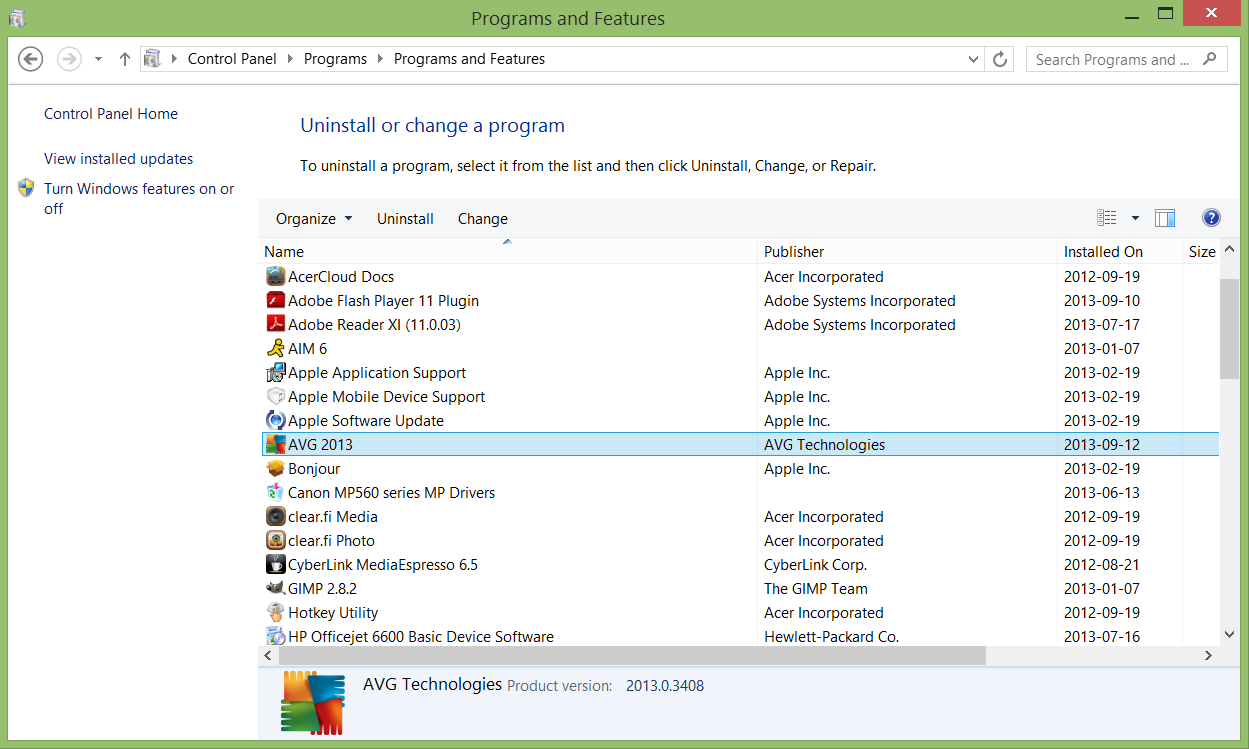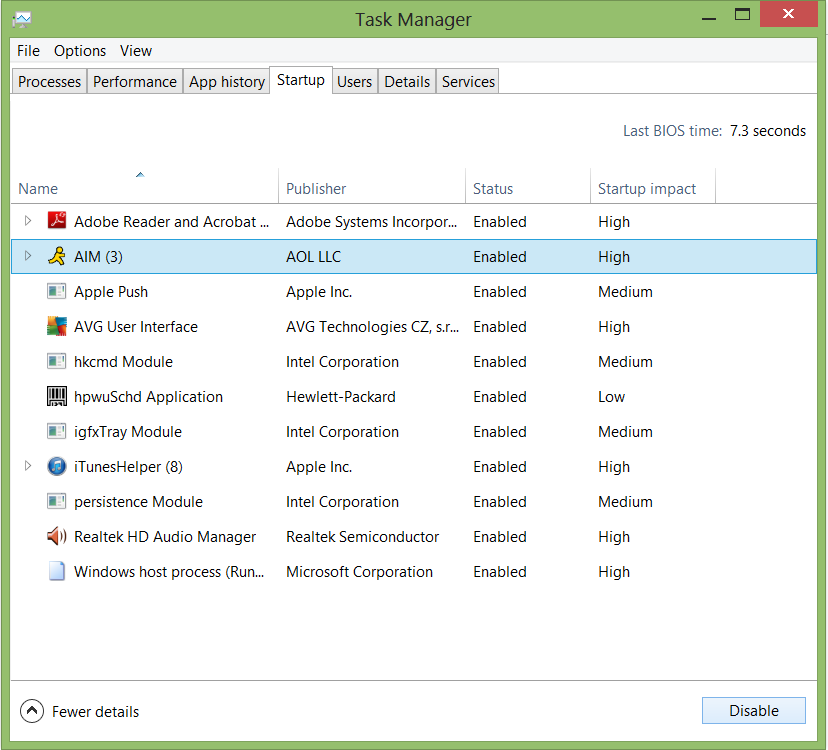-
-
products
-
resources
-
support
-
company
-
Manage and Free Up RAM in Windows
By Steve Horton September 19, 2013memory, ram, windows1 CommentRAM (Random Access Memory) is the most important part of your computer, allowing you to access your information directly at random, rather than relying on a specific physical location. If you’ve noticed that your computer is slow or seems to be having trouble running your programs, the most likely problem is that you need to manage your memory more efficiently and clean up your computer’s memory. This article covers some common ways to manage and free up your memory for Windows XP, 7, and 8.
Too Many Programs
Too many programs on your computer can affect the memory and cause your computer to slow down. Many computers these days come pre-loaded with programs, but you don’t necessarily need all of them. You may also want to get rid of programs that you no longer need or use. Some of these programs can include games, add-ons to websites such as eBay, and word processing software such as Microsoft Word or OpenOffice. Follow these steps to uninstall a program in Windows XP, 7, and 8.
Uninstalling a Program
Windows XP:
- Click Start
- Click Control Panel
- Click Add or Remove Programs
- Click the program you wish to uninstall
- Click Remove
- Click Yes to confirm in the confirmation pop-up (be aware that not all programs ask for confirmation)
Windows 7:
- Click Start
- Click Control Panel
- Click Uninstall Programs
- Click the program you wish to uninstall
- Click Uninstall at the top of the window
- Click Yes to confirm in the confirmation pop-up (be aware that not all programs ask for confirmation)
Windows 8:
- Press Windows Key + X
- Click Desktop
- Click Control Panel
- Click Uninstall Programs
- Click the program you wish to uninstall
- Click Uninstall at the top of the window
- Click Yes to confirm in the confirmation pop-up (be aware that not all programs ask for confirmation)

A highlighted program in Windows 8, with the Uninstall box at the top of the windowUsing Less RAM While You Use Your Computer
When you’re using your computer, you may have several different programs and processes running at once. Some of these are being controlled by your computer in order to keep your system stable, but some are personal programs that you may not need open at that point in time. In order to reduce some of the strain on your memory, you should close programs that you’re not using. In order to see just which programs are running at any one time, you can open up Task Manager.
Opening Task Manager is the same no matter what edition of Windows you are using. Two ways to open it are by right-clicking on your task bar, which is the bar at the bottom of your screen where you have programs open, and clicking Task Manager, or by pressing CTRL+ALT+DELETE. In Windows XP, the Task Manager should come up immediately; in Windows 7 and 8, you’ll be taken to a black screen with a number of options. Click Task Manager at the bottom.
Your Task Manager can help you do a number of things with your computer, such as shutting down programs that aren’t responding, closing programs you don’t need right now, and in Windows 8, disabling startup programs. Only shut down programs that you know are not running the system, such as word processing software, games, chat programs, and your internet browser. If you are not sure what a program is, it’s best to leave it alone; shutting down system programs can cause your computer to become unstable and it will need to be restarted.
Startup Programs Affect Your RAM
Startup programs are those programs that start running automatically as soon as you turn your computer on. These can include chat programs like AIM and Skype, your anti-virus, and some games, but also the programs essential to running your computer. Having unimportant programs start as soon as Windows starts can seriously slow down your computer, and in some cases cause it to jam as it tries to open the programs it actually needs to run. Fortunately, most programs of this type can be easily changed by changing the settings. You can also disable programs from starting up with the computer by using the Task Manager in Windows 8:
- Right click on the taskbar and click Task Manager
- Click Startup
- Highlight the program you don’t want as a startup program
- Click Disable in the bottom right-hand corner

Task Manager in Windows 8To change the settings of a program, your best bet is to change the settings within the program itself, to avoid having to edit the registry or going into the system itself. Editing the registry or changing the system should only be done by someone with technical knowledge, as otherwise you run the risk of accidentally deleting something critical to the safe running of your computer. Most programs will allow you to change things like this in their Settings, often under the General tab. For example, in the chat messaging program AIM (AOL Instant Messenger), the option to control whether the program starts when Windows starts is located by clicking Settings, then Sign In/Sign Out, and selecting or deselecting the checkbox Start AIM when Windows Starts.
Buying More RAM
If none of these fixes are helping your computer to run better, you may just need more memory for your data. This can be accomplished by buying a new computer, or by buying more memory to install. As this can be difficult to do if you don’t know how to install it safely, it’s a good idea to do everything you can to clean up your computer’s memory.
Efficient management of your memory will help your computer to run faster and give you a cleaner and more stable experience. By ensuring that you disable or remove unneeded programs, keeping your open programs to a minimum when using the computer, and keeping the number of startup programs as low as possible, you’ll find that your computer will last longer and work faster, saving you money and frustration.
Was this post helpful?YesNoFree Driver Updates
Update your drivers in less than 2 minutes to enjoy better PC performance - Free.
Free Driver Updates
Update your drivers in less than 2 minutes to enjoy better
PC performance - Free.
Didn't find your answer?Ask a question to our community of experts from around the world and receive an answer in no time at all.most relevant recent articles Pin It on Pinterest